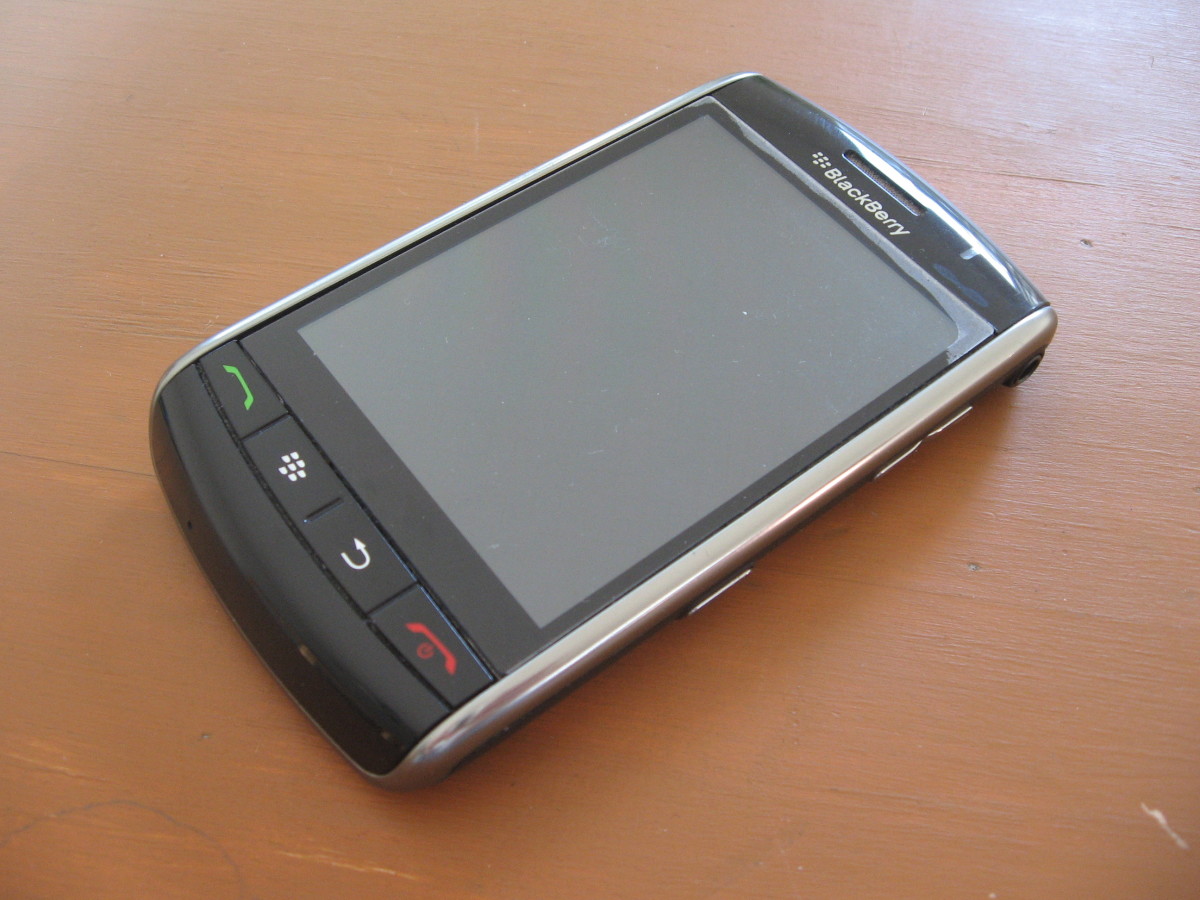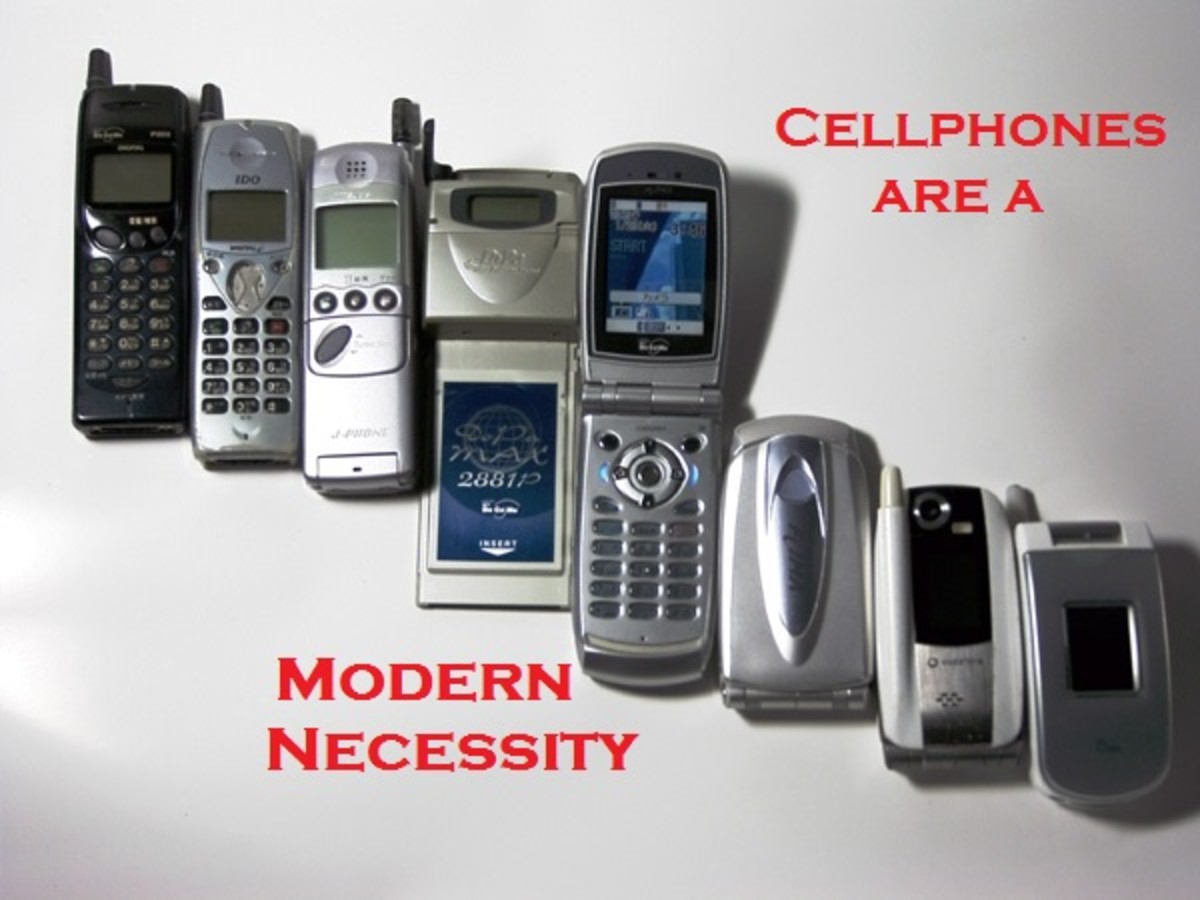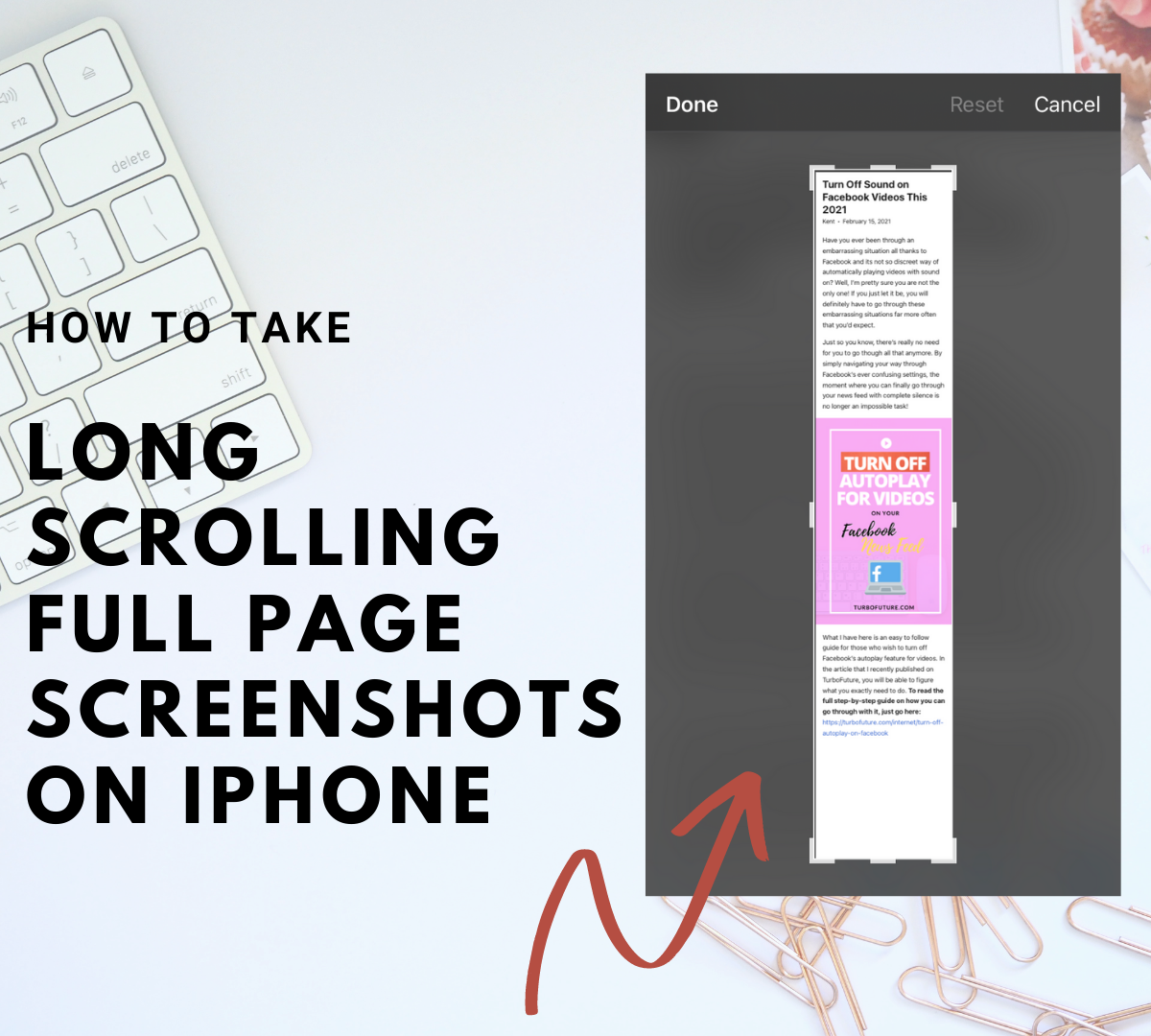What Have and Will Cell Phones Become
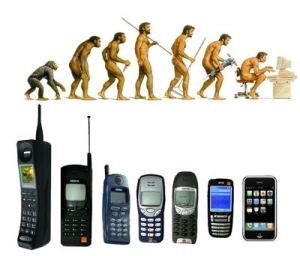
The First Cell Phone
The first cell phone came around in the 1946 which was shortly after the second world war. These cell phones were technically handheld radio transmitting machines, which were like the ones used in the war.
Now, as we can remember the first cell phones were big and bulky and were even thousands of dollars to own one of the first ones. Mostly, only military or political officials would have this new technology since they were the only ones able to afford it other then the top business men in the world at the time.
As cell phones progressed in this day in age they were getting cheaper and smaller every year and became more efficient. Many consumers were able to finally purchase a cell phone as the years went on.
Within this day in age all the new technology has become very small and compact, which is the way that many people believed cell phones will go. Each year they were getting smaller and faster so that was becoming the norm in society, but that is not the way it is turning out to be.
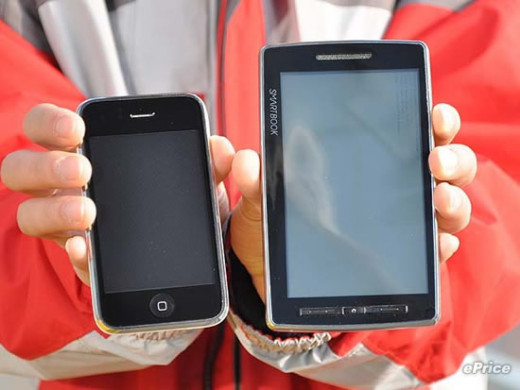
Cell Phones of the Future
What is happening now is completely opposite of what is actually going on. a certain point around 2005 was when the phone scene started to change its ways and it was all because of the new touchscreen smartphones.
As the previous years showed that the cell phones were getting more micro in size, with this new smartphone technology was making a change for the future. As of now people are wanting bigger screens with their cell phones. Many of the companies for instance Apple made a IPad mini in hopes to make their IPhone the same sizes as they once were. Apple ended up caving in and making the phone and screen slightly bigger to accommodate the new demand from the consumer.
So where does that leave us now? Will we be talking into 10 inch tablets in the future or having cell phones that will not fit in our pocket? No one is certain yet, but from the way things are going they will continue to keep making these screens larger until they hit a wall where people will consider it to be to bulky and then they will either make then small again or have an attachment that you can hook to you phone and use as a touchscreen.
Only time will tell. Feel free to leave comments on what you feel will happen with the cell phones and do you like them getting bigger or not.



